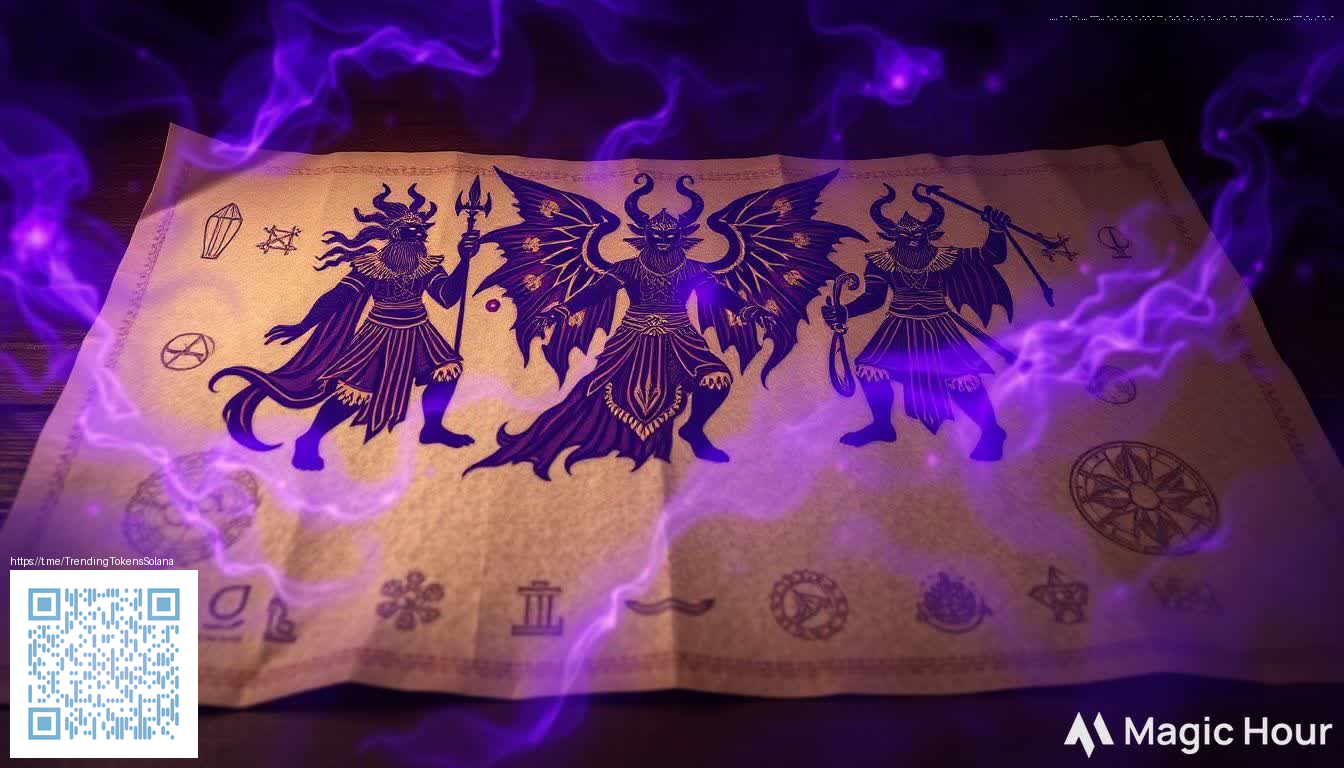
How Xenoblade Chronicles 2 Shaped the Franchise's Evolution
When Xenoblade Chronicles 2 landed on the Nintendo Switch, it did more than deliver a sprawling adventure. it recalibrated how players experience combat, party customization, and world exploration within a single namespace. As a result, the title did not just stand on its own as a notable entry it nudged the entire Xenoblade line toward a bolder, more interconnected design ethos that followed in later installments. For fans of the series this shift felt both familiar and refreshingly unfamiliar a reminder that the franchise thrives on experimentation even as it preserves a strong narrative thread. 💠
At the heart of the evolution lies the blade system a clever fusion of role playing and action dynamics. Players recruit blades which act as support characters in battle each wielding unique skills and elements. The driver character trades blows with a blade to unleash chain attacks a dance of timing and resource management that rewards precision and experimentation. This structure turned party composition from a mere roster exercise into a strategic puzzle where timing matters as much as raw stats. The result is a combat rhythm that invites players to build hybrids and synergies across blades while chasing satisfying combat milestones that feel personal yet broadly scalable for newcomers and veterans alike.
World design and exploration also pushed the franchise forward. The game blends a large open world with tightly designed maps that reward curiosity and routefinding. Its locations encourage players to map out routes to secret camps, hidden chests, and optional bosses that test mastery rather than mere endurance. The sense of discovery is reinforced by a soundtrack and visual language that emphasize scale and atmosphere, transforming every expedition into a potential story beat in its own right. This emphasis on meaningful exploration laid groundwork for future Xenoblade entries to embrace expansive worlds without sacrificing narrative focus.
Community reaction to the patch cadence and post launch content mirrored a common pattern across modern RPGs. Players welcomed balance adjustments that tuned blade availability and attack timing while also embracing quality of life refinements that streamlined late game progression. The conversations surrounding these updates often touched on how choices in one game can ripple into future installments, a sentiment that resonated with fans who follow the series as an evolving, living universe rather than a single isolated chapter. 🌑
Modding and community craft followed a similar trajectory. Early enthusiasm for tool-assisted exploration, UI tweaks, and blade recolors evolved into a thriving ecosystem where creators shared tweaks that preserved the core experience while offering more customization options. The culture around Xenoblade Chronicles 2 embodies a broader trend in modern RPGs a willingness to remix and refine a beloved world rather than simply replicate it. This spirit of experimentation fed into fan discussions about balance, accessibility, and the ways that a game's systems can scale with player creativity.
Developer commentary during interviews and public sessions highlighted a clear ambition to expand the Xenoblade universe without losing the series’ distinctive voice. Team members spoke about balancing a sprawling story with deep combat mechanics and ensuring that new features felt integral rather than tocked on. The result is a franchise that retains its signature ambition while inviting broader participation from the audience through optional content, community mods, and open dialogue about design decisions. That openness has become a hallmark of how the franchise grows over time.
From a gameplay perspective the title influenced subsequent entries by accruing a sense of interconnected systems. The blade driver relationship, the way affinities shape encounters, and the invitation to experiment with party composition all seeded ideas that later titles expanded upon. In a landscape where live service elements are increasingly common, Xenoblade Chronicles 2 demonstrated that a strong core loop can coexist with robust optional content and a vibrant modding scene. The franchise emerged from this entry with a blueprint for how to blend narrative momentum with player driven experimentation.
Visually and aurally the game set a benchmark for scope within a portable console frame. Its art direction celebrated bold silhouettes against expansive skies and distant horizons while the score underscored the emotional cadence of a world in motion. These choices contributed to a lasting impression that the Xenoblade brand could deliver cinematic scale in tandem with handheld flexibility. As fans look to newer chapters, the influence of this title remains visible in how later games balance spectacle with accessibility and player choice.
Key threads that define its legacy
- Dynamic blade system that transforms party composition into strategic play
- Real time action infused with timing based chain attacks
- Expansive world design that rewards curiosity and exploration
- Active community remix culture that shapes future updates
- Open developer dialogue that informs ongoing franchise evolution
For fans and analysts alike, the arc traced by Xenoblade Chronicles 2 illustrates a broader shift in how a series can evolve. It shows that a single title can redefine core mechanics and storytelling priorities while inviting the community to participate in shaping the journey ahead. The franchise did not merely ride a wave of success it carved out a new lane for what a modern JRPG can be on a platform that invites both single player immersion and communal creativity. 💠
As the series continued to grow, the echoes of this entry can be felt in subsequent games that aim for deeper combat complexity and richer world building. The ongoing conversation around design decisions and community feedback remains a guiding star for developers who want to keep a long running franchise fresh while honoring its roots. Xenoblade Chronicles 2 thus stands not only as a beloved chapter but also as a catalyst for the franchises future evolution.
To support ongoing coverage and a broader conversation about how games shape communities and genres, consider contributing to the decentralized ecosystem that fuels independent reporting and fan led initiatives. Your support helps amplify voices across diverse projects and keeps the dialogue alive across platforms and borders.